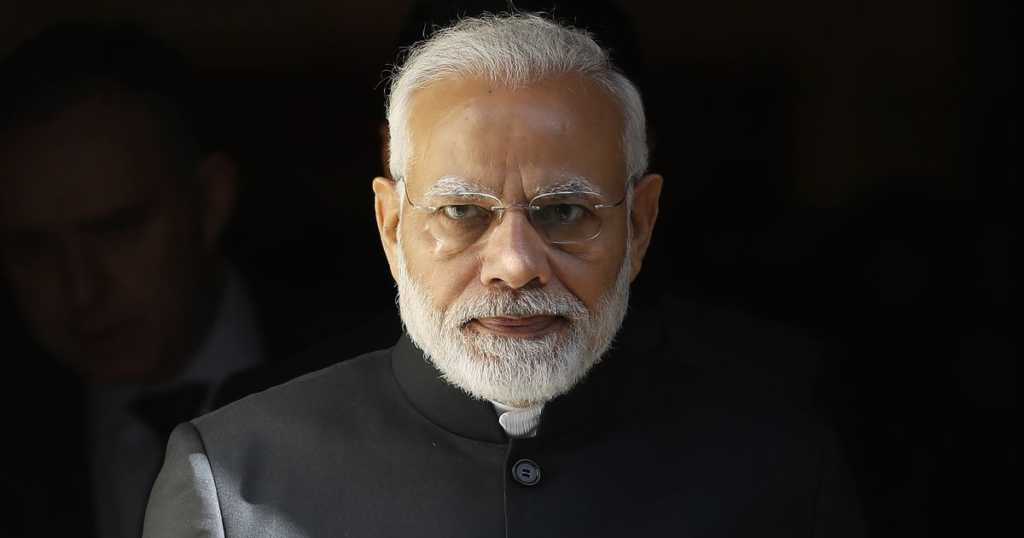India has been home to the largest number of poor people for decades. This dubious distinction has been a dent on the image of the country that aspires to be a superpower. In a positive turn of events, the country has shrugged off the tag of being home to the largest number of poor people in the world. According to a study published by Brookings Institution, the African country of Nigeria has got the unwanted position in May 2018. If the present trends continue, India could drop to No. 3 later this year, with another African country, the Democratic Republic of the Congo taking the number 2 spot. In India, about 44 people come out of extreme poverty every minute, and less than 3 percent Indian will live in poverty by 2022 with extreme poverty being altogether eliminated by 2022.
Brookings Institution is among the most reputed public policy think tanks in the world; headquartered in America, it employs people from across the world. Former Federal Reserve Bank Chairman Janet Yellen is also one of the employees at the policy research institute. Brookings Institution defines poverty as living with less than 1.9 dollars (Approximately 130 rupees) per day, the same definition used by World Bank, although Indian measures are different. The study was conducted in collaboration with World Poverty Clock, a tool to monitor progress against poverty globally which uses household surveys and projections of economic growth from the IMF’s World Economic Outlook. The study was published in Future Development Blog, which claims to inform and stimulate debate on key development issues.
The study says “At the end of May 2018, our trajectories suggest that Nigeria had about 87 million people in extreme poverty, compared with India’s 73 million. What is more, extreme poverty in Nigeria is growing by six people every minute, while poverty in India continues to fall.” Economists and public policy makers argue that the economic reforms undertaken in 1991 helped the country in pulling millions of people out of poverty. N R Bhanumurthy, professor at the National Institute of Public Finance and Policy said “Basically it supports the growth story and the 1991 economic reforms that have helped reduce poverty, going ahead, the challenge is to meet the Sustainable Development Goals, which will help realize the study’s findings that India would be able to eliminate extreme poverty by 2030.” The National Institute of Public Finance and Policy (NIPFP) is an autonomous research institute under India’s Ministry of Finance. Based in New Delhi, India, the center conducts research on public finance and contributes to the process of policy-making relating to public finance.
There have been serious debates in recent years regarding whether economic reforms undertaken in 1991 to end license raj have been helpful in reducing poverty in the country. In 1991, India took initiatives to move from a public sector-led socialist economy to a private sector-led capitalist economy. In recent decades, there has been enormous support for liberalization, privatization, and globalization among Indian policymakers. Left-wing economists who dominated policymaking in the country before economic reforms argue that the economic reforms from 1991 have not made any significant contribution in poverty reduction. On the other hand, right-wing economists like Jagdish Bhagwati strongly argue that privatization has been helpful for the country in poverty reduction. India is growing at the pace of 7-8 percent over the last two decades in the post-economic reforms period. Before economic reforms, the economic growth of the country was below 5 percent, which some economists bizarrely termed as “Hindu rate of growth”. With reports like the one published by Brookings Institute, study after study is presenting evidence that economic reforms have helped the country to pull millions of people out of poverty, and the debate should finally settle down in favor of economic reforms.
